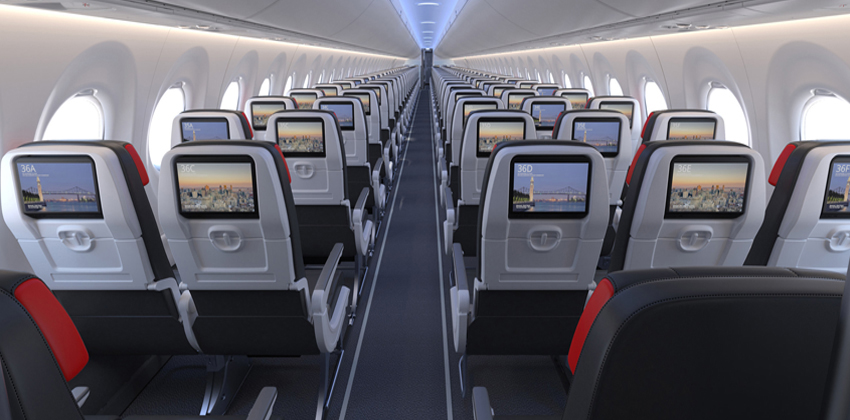Air Canada to operate cargo flights to Europe

Air Canada has said that it has begun using its cargo division aircraft to operate cargo-only flights to Europe, with other flights planned for Latin America and South America. The aircraft on these flights carry no passengers but move time-sensitive shipments, including medical supplies to combat COVID-19, and goods to support the global economy.
“Air Canada Cargo has long served as a vital link in global supply chains and with the disruption arising from the COVID-19 pandemic our capabilities are more important than ever. Although we have announced very significant temporary capacity reductions and our passenger flights are largely dedicated to bringing Canadians home, Air Canada’s aircraft and our expertise in handling cargo are valuable assets that we can use to move medical supplies and other essential goods to keep the world economy going. We have already begun flights to Europe, and we are planning to expand this program to Latin America and South America, as well as within Canada, including remote communities using Air Canada Express aircraft. In addition to providing a much-needed service, these cargo-only flights are also supporting jobs at Air Canada,” said Tim Strauss, Vice President of Cargo, at Air Canada.
Air Canada Cargo is now exploring opportunities to offer this service domestically. It is working with various governments to assess the demand and assist in moving relief goods from multiple markets within Canada. This includes using smaller Air Canada Express regional aircraft to operate to less-well served, smaller or remote regions in Canada with medical and other emergency supplies in support of local governments.
Air Canada does not operate cargo aircraft, instead its Air Canada Cargo division manages and markets excess belly space on the airline’s regular passenger flights for shippers operating worldwide. To facilitate the cargo-only flights, Air Canada Cargo has created five, segment-specific sales teams to focus on the unique needs of the customers at different levels in the supply chain.



